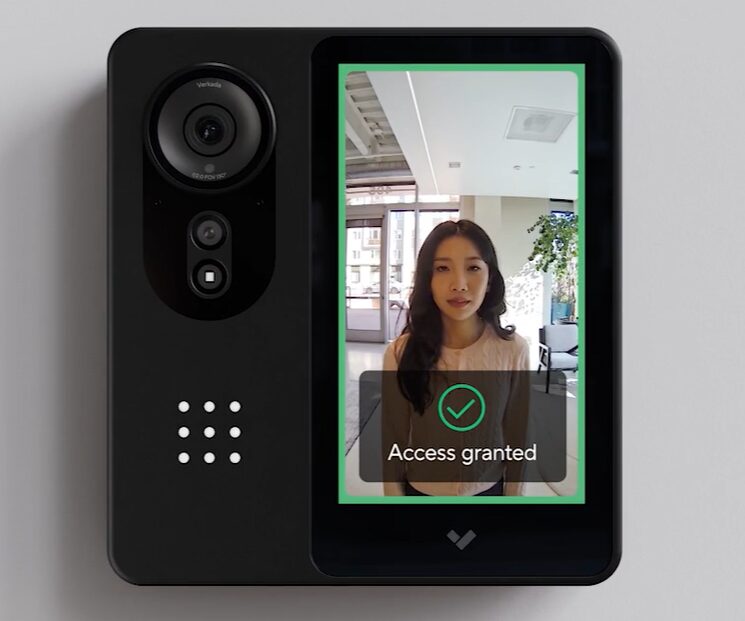A Smarter Way to Protect Multi-Tenant Properties
If you manage a multi-tenant property, you know how quickly access control can spiral into a problem. Residents hand off fobs to friends, vendors reuse codes long after a job is finished, and unauthorized guests slip into gyms or pools without your knowledge. Each of these situations chips away at the safety, comfort, and reputation of your building. Even worse, traditional systems give you little insight into who actually came and went, leaving gaps in your security records when you need them most.
Biometric access control helps eliminate those risks. By tying access to an individual’s fingerprint or face, you have a tool that cannot be borrowed, copied, or misplaced. The result is better protection for residents, accurate occupancy tracking, and more reliable data to back up every security decision you make.
Why Tenants Share Access and Why It’s Important
People share access for convenience, often not realizing the security consequences to the entire property. A resident may give a gym fob to a friend, or a vendor might reuse a PIN well after their job is complete. Subletters and short-term renters also gain access without your knowledge. These practices lead to overcrowded amenities, inaccurate logs, and security blind spots. For property managers, that means higher risk and fewer tools to investigate problems.
How Biometrics Stop Sharing at the Source
Biometric access control uses unique identifiers—such as fingerprints or faces—to confirm identity. Unlike a card or code, these cannot be shared.
The real strength comes from the safeguards built into modern systems. Take liveness detection, for example. This feature verifies that the person standing at the reader is an actual, living human being and not a trick. A camera might look for natural eye movement or a quick blink. A fingerprint reader might sense blood flow under the skin. These small details prevent someone from fooling the system with a printed photo, a silicone mold, or a digital replay. Biometric access can also detect and alert on people tailgating for access, providing you with another level of security.
Biometrics also closes the door on “passback” problems that plague traditional systems. With cards or PINs, one person can swipe in and then hand the credential to someone else outside. With biometrics, that scenario doesn’t exist. Each person must present their own fingerprint, face, or iris to gain entry, which means access records finally match the reality of who is inside your property.
Where Biometrics Fit in Multi-Tenant Properties
Biometric readers add the most value in areas where misuse is common in your MDU. At the main entrance or lobby, they prevent shared access from skewing occupancy data. In amenity spaces like gyms, pools, and lounges, they help stop friends or other unauthorized guests from crowding the space.
Parking garages and elevator systems also benefit, with access tied to a specific resident instead of a shared credential. AT&I Systems works with technologies ranging from facial recognition panels to AI-enabled readers that detect tailgating for better access control.
Biometric access provides seamless access for authorized users. No need for cards, FOBs, or pins.
Addressing Privacy and Rollout Concerns
It’s natural to feel a little hesitant when you hear the word “biometrics.” You might ask yourself, “Am I really comfortable storing fingerprints or facial data for my tenants?” That’s a valid concern, and it’s one many property managers share at first.
The good news is that systems don’t keep raw images. Instead, they convert a fingerprint or face information, into encrypted data points. This means you’re not holding onto sensitive images, only secure data points used to verify identity.
You also don’t have to make it an all-or-nothing change. Many properties combine biometrics with mobile credentials to give tenants flexibility. Some may prefer to use their phone, while others will appreciate the added security of a biometric scan.
Rolling it out in stages helps too. Starting with a pilot at one entrance or amenity allows you to gather feedback, adjust policies, and build tenant trust before expanding further.
Biometric access control offers a practical way to protect your tenants, safeguard amenities, and maintain accurate records. Contact AT&I Systems to schedule a consultation and see how these solutions can work for your building.
About AT&I Systems:
AT&I is headquartered in South Florida and has completed projects all around the U.S. for various National clients since 2005. We offer a refreshing, honest approach to security that involves technical design and project management to installation and support. We understand each industry faces unique challenges and demands a unique approach and set of solutions. AT&I provides its clients with a local touch with national reach and delivers modern solutions that scale as your business scales.
AT&I’s is headquartered in Fort Lauderdale, Florida, and services Boca Raton, Deerfield Beach, Delray Beach, Fort Lauderdale, Fort Myers, Hollywood, Miami, Naples, Orlando, Palm Beach Gardens, Pompano Beach, Port St. Lucie, Wellington, and West Palm Beach. AT&I also has a location that services New York located at 10 E 33st, New York City, NY 10016.



















